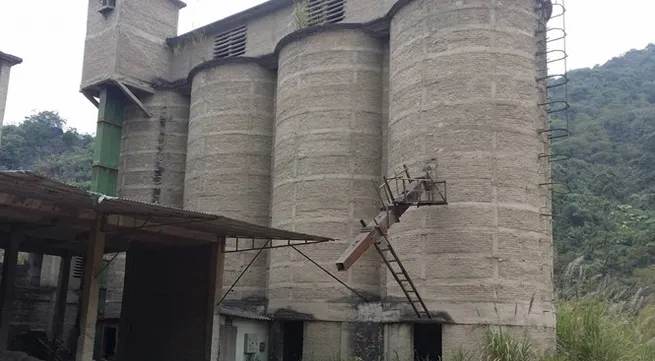Security lax at radio-active installations


|
| A factory of Bắc Kạn Cement Company in northern Bắc Kạn Province where a container of radio-active material went missing early last year. |
HÀ NỘI — Mismanagement has led to an increase in dangerous incidents involving radio-active materials in Việt Nam, said Deputy Minister of Science and Technology Phạm Công Tạc.
There were about 4,000 radio-active materials being used in 1,100 locations in Việt Nam at the end of last year, the deputy minister said at a conference held on December 1.
Except during emergency circumstances, inspectors of radiation and nuclear safety typically examine 120 locations a year. At this rate, it would take almost 10 years for all units to be re-examined, Tạc said.
“It’s worth worrying about,” said the ministry’s chief inspector Trương Hồng Dương. He said that cases involving missing radio-active devices raised alarms about the country’s lax security practices and the absence of effective mechanisms to control and monitor the use of radio-active devices.
They also revealed mismanagement, poor awareness and lack of legal compliance among users of radio-active materials.
In April 2015, 45 kilogrammes of radio-active material went missing from the Pomina steel mill in Bà Rịa-Vũng Tàu Province. Despite days of extensive search efforts, the material was never recovered.
In September 2014, the HCM City Apave Asia-Pacific Company reported that it had lost track of a radio-active device, which was later recovered after a four-day search.
Early last year, a container of radio-active material went missing from Bắc Kạn Cement Company in the northern province of Bắc Kạn. The material was used to test clinker discharge in cement production.
Following the incidents, the Ministry of Science and Technology conducted emergency inspections at 880 locations in 56 cities and provinces using radio-active materials.
Of those examined, 84 were found to violate radiation regulations, Dương said at the meeting.
Common violations included users lacking licences to work with radio-active materials, failing to keep detailed records of usage and not properly training staff and providing regular health checkups.
As many as 28 out of the 84 locations were described as being high-risk and radio-actively insecure.
In July 2015, then-Prime Minister Nguyễn Tấn Dũng, approved a directive No 17/CT-TTg on increasing security to manage radio-active devices.
The Ministry of Science and Technology was asked to collaborate with Government agencies and local authorities, to perform a comprehensive review of the country’s current regulations and security protocols on the control of radio-active devices.
The ministry was made responsible for organising and providing training sessions on radiation safety and security. It was also ordered to establish a database of the country’s radio-active devices and a security system to monitor them.
Government agencies and ministries were asked to compile a list of radio-active sources under their management, which will be regularly updated and submitted to the ministry.
The then PM also ordered the Ministry of Public Security to tighten control on the illegal sale and application of radio-active devices, build and improve emergency protocols in case radioactive devices went missing - and step up co-operation with international security agencies. — Quang
Tags:





